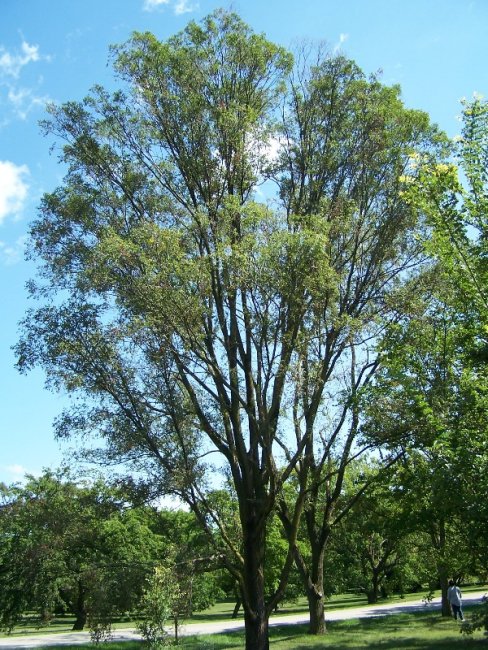Climate Matching Map
| Attachment | Size |
|---|---|
| ClimateMatch_AZ_Ulmus_pumila_3.pdf (1.14 MB) | 1.14 MB |
1. Question 1
2. Question 2
3. Question 3
4. Question 4
windbreak or shady tree, and naturalized populations can be found along river banks as well as on dry sites. Furthermore, this species spreads in the Argentinean Pampa where it colonizes old field and grasslands (Hirsh & Hensen, 2010). Siberian elm appears more characteristic of colder and less xeric regions than Arizona, but Arizona contains upland plains with cold winters as well. Siberian elm is listed as a Class C Noxious Weed in New Mexico. Class C species are widespread in the state (Beck & Wanstall, 2022).








